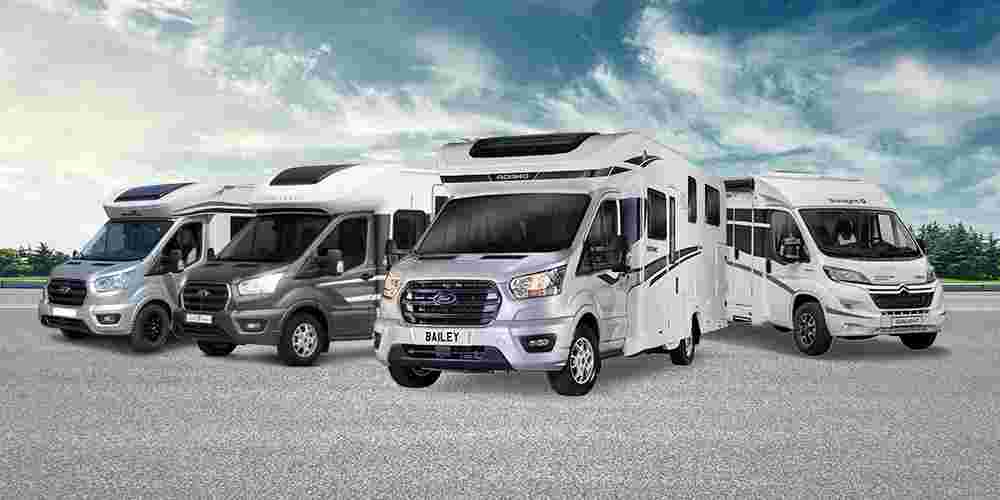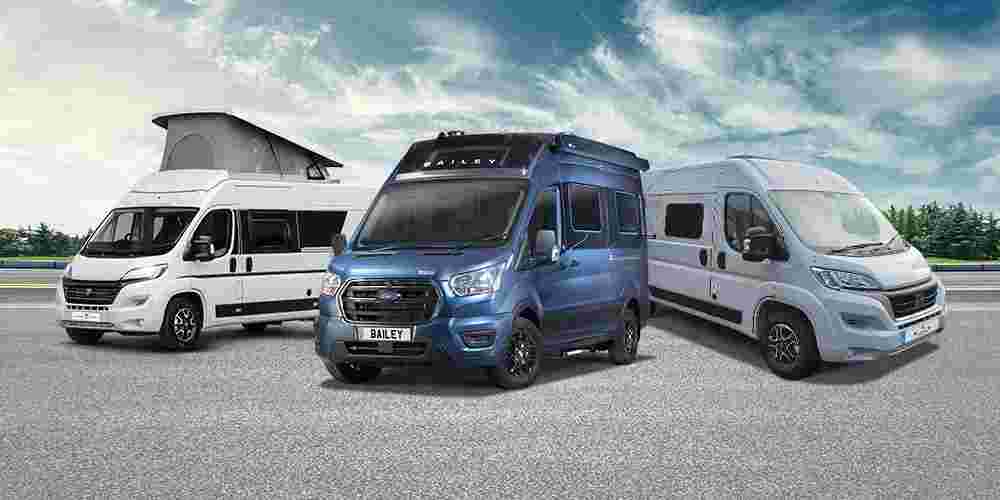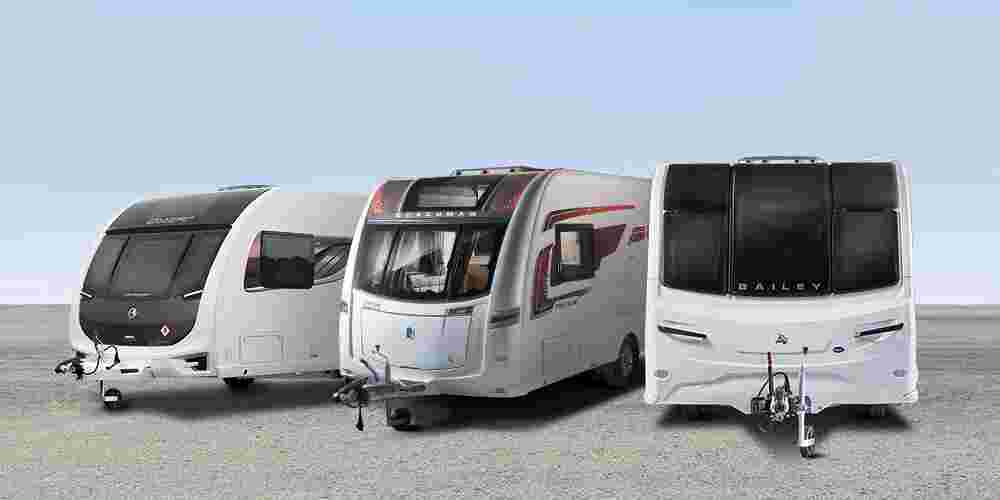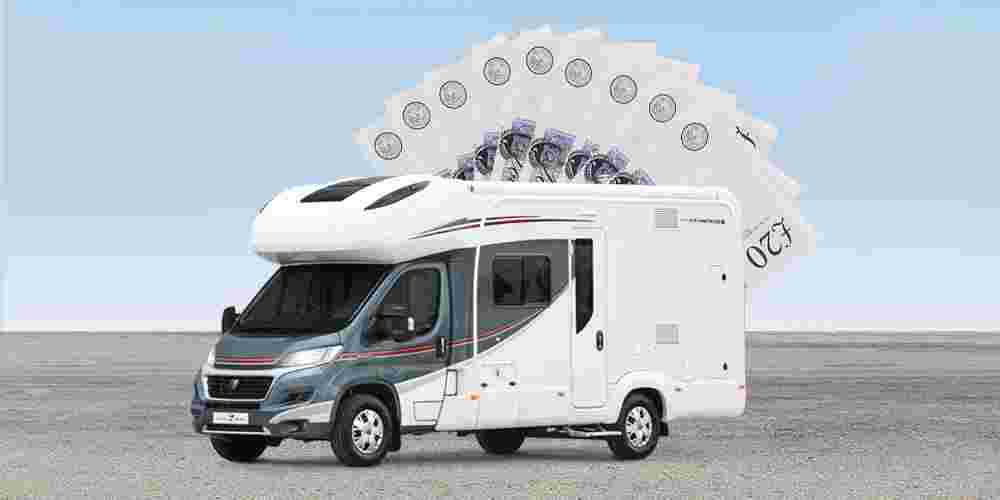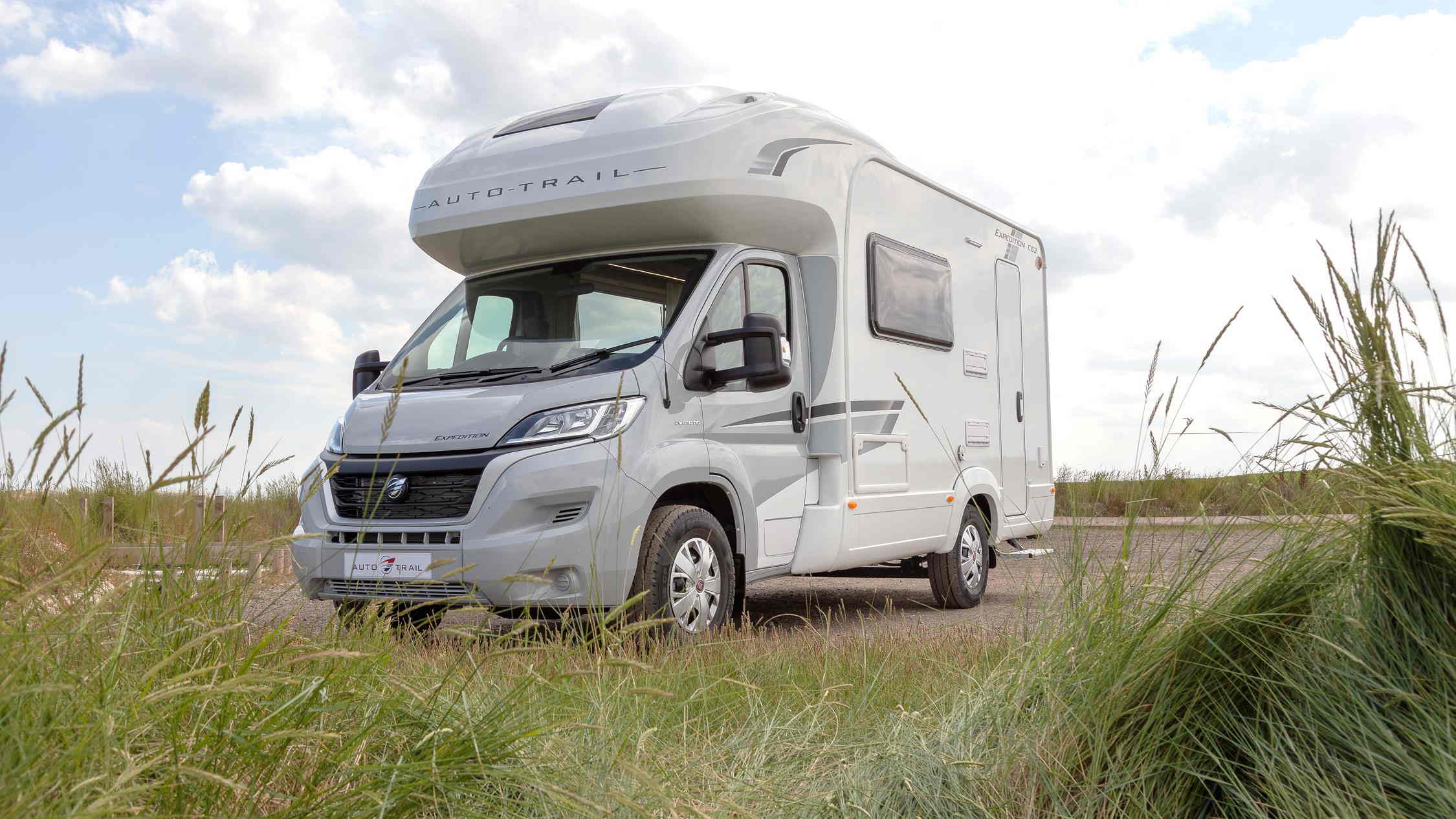
Coachbuilt vs A-Class: What's The Difference?
17.07.23
Once you’ve made the decision to buy a motorhome, you then have to decide which one you’re going to spend your money on. There will be plenty which will take your eye – whether on dealer’s websites or forecourts – but is the right one for you actually amongst them? There are various things to consider to ensure you end up with the vehicle most suited to you. You have to think about whether you want to own from brand new or are willing to opt for a pre-owned motorhome. You have to think about which particular model appeals the most, and which you can afford. You have to think about how you will use the motorhome and who will be in it. You also have to think about whether a coachbuilt or an a-class motorhome will suit you best…
In this edition of our blog we’ll focus on these different classes of motorhome so that you can work out which best matches your needs, desires and plans.
What Are the Different Motorhome Classes?
Be mindful of terminology. Some manufacturers and dealerships refer to campervans and van conversions as motorhomes, and very strictly speaking they are ‘motorised homes.’ But for the purposes of this blog we’re not dropping campervans into the motorhomes category. What most people will actually think of when they hear the term ‘motorhomes’ is a considerably larger vehicle. Motorhomes are actually a ‘step up’ from campervans, as they have much more spacious interiors and more comfortable living areas.
Therefore there are two types of motorhome, and they are:
- A-Class Motorhomes
- Coachbuilt
What’s the difference between A-Class and Coachbuilt?
A-Class
These are the most prestigious type of motorhome, as they tend to be luxury vehicles with a lot of interior space, storage options and better amenities. A-Class motorhomes are built from the chassis upwards, with the entire vehicle constructed ‘as one’ on the chassis. Therefore the cab area is contained within the main space itself. The cab of an A-class motorhome has a large windscreen, and the driver and passenger seats rotate to face the interior when required to become part of the social space.
The average length of an A-class motorhome is approximately 10 metres (30 feet), whilst they are also wider than coachbuilt, with the average width being 2.5 metres (8 feet 6 inches). If you’re looking for a motorhome with plenty of space to live in permanently, or go on longer trips in, then an A-class is more likely to be the type for you. However, they also weigh over 3.5 tonnes, so are subject to slightly different licencing conditions. You won’t be able to drive an A-class on a standard UK driving licence and will need to undertake further testing to achieve the right classification.
- Large windscreen
- Rotating cab seats
- Larger interior area
- Increased storage options
- Luxurious
Coachbuilt
Although an A-class is certainly a larger vehicle, opting for a coachbuilt does not mean you will be driving around in a matchbox-sized motorhome. Coachbuilt motorhomes are large enough to live or take trips in, despite having less space and therefore less luxury than might be the case with A-class.
For coachbuilt motorhomes the manufacturer has used a pre-existing cab and chassis as a base for the motorhome build. Literally, they have built a coach onto a chassis. Therefore, the front of a coachbuilt motorhome will look like the front of the van it’s based on. The interior of a coachbuilt motorhome is likely to contain just about everything you need for comfortable travel and living – seats, doors, social space and storage options plus areas for sleeping and cooking, as well as a washroom with toilet.
- For two to six people
- Social space
- Kitchen and washroom
- Standard UK driving licence
There are two types of coachbuilt motorhome:
- Over-cabs
These are slightly larger coachbuilt motorhomes which can comfortably house two to six people. The term ‘over-cab’ refers to the space located in the section directly over the driving cab. This often contains a bed, though it can also be used for storage. Over-cabs tend to be around 11 feet tall and 20 feet long.
- Low profile
This type of coachbuilt tends to be approximately 9 feet tall (and 28 feet long). They handle slightly better than an over-cab and are perfect for small families. They can be driven on a standard cat. B UK driving licence. Low profile coachbuilt motorhomes handle slightly better than an over-cab and will have more storage in the living area to make up for the lower capacity above the cab itself.
At Continental we pride ourselves on the range of vehicles we offer, including from fantastic brands such as Bailey motorhomes and Auto-Trail coachbuilt motorhomes. Whether you’re looking for brand new or nearly new motorhomes, you will definitely find what you’re looking for when you shop with us. Take a browse of our website, bear in mind the information we’ve provided in this edition of our blog and find something that’s just right for you. If you have further questions from this blog or from your search for the ideal motorhome, please don’t hesitate to get in touch. We’ll be more than happy to help!
